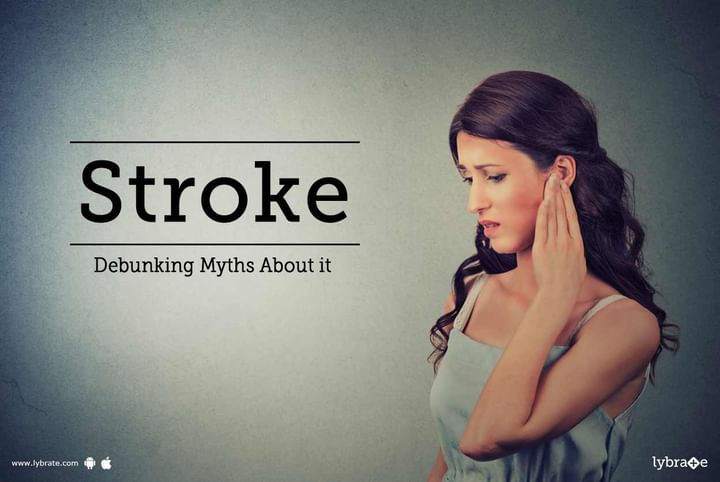Stroke - Debunking Myths About it
Strokes occur when blood to the brain gets interrupted or reduced. When this occurs, brain cells begin to die as they don't get enough nutrients and oxygen. Such life-threatening episodes can strike you anytime.
Many myths surround this medical condition:
Myth 1: Women don't suffer from strokes
The opposite is true. It is women who suffer strokes more often than men. This is because women tend to live longer than men whose longevity gets affected by heart disease. Since they live longer than men, they tend to be more vulnerable to strokes.
Myth 2: Strokes aren't easy to recognise
Strokes can be easily diagnosed through the face, arm, Speech and Time test (FAST). If you suffer from slurred speech, facial droop or numbness on one side of the body, you're said to suffer from a stroke.
Myth 3: Strokes are a form of heart attack
Although strokes and heart attacks are closely related, they are not the same. In strokes, blood supply to the brain gets interrupted; on the other hand, in heart attacks, blood supply to the heart gets severely affected.
Myth 4: Only older people suffer from strokes
This isn't true young people can experience strokes as well. About a quarter of stroke cases are reported by people aged 65 and below. More importantly, irrespective of the age group, the warning signs are the same; it is only in response that differences can be found between younger and older people.
Myth 5: Strokes can't be prevented
Through changes in your lifestyle, strokes can easily be prevented. You can reduce your chances of getting a stroke by having a balanced diet, exercising, keeping an optimum body weight and limiting alcohol consumption as well as quitting smoking. Moreover, up to 80% stroke cases can be prevented by leading a healthy lifestyle. If you wish to discuss about any specific problem, you can consult a neurologist.



+1.svg)
